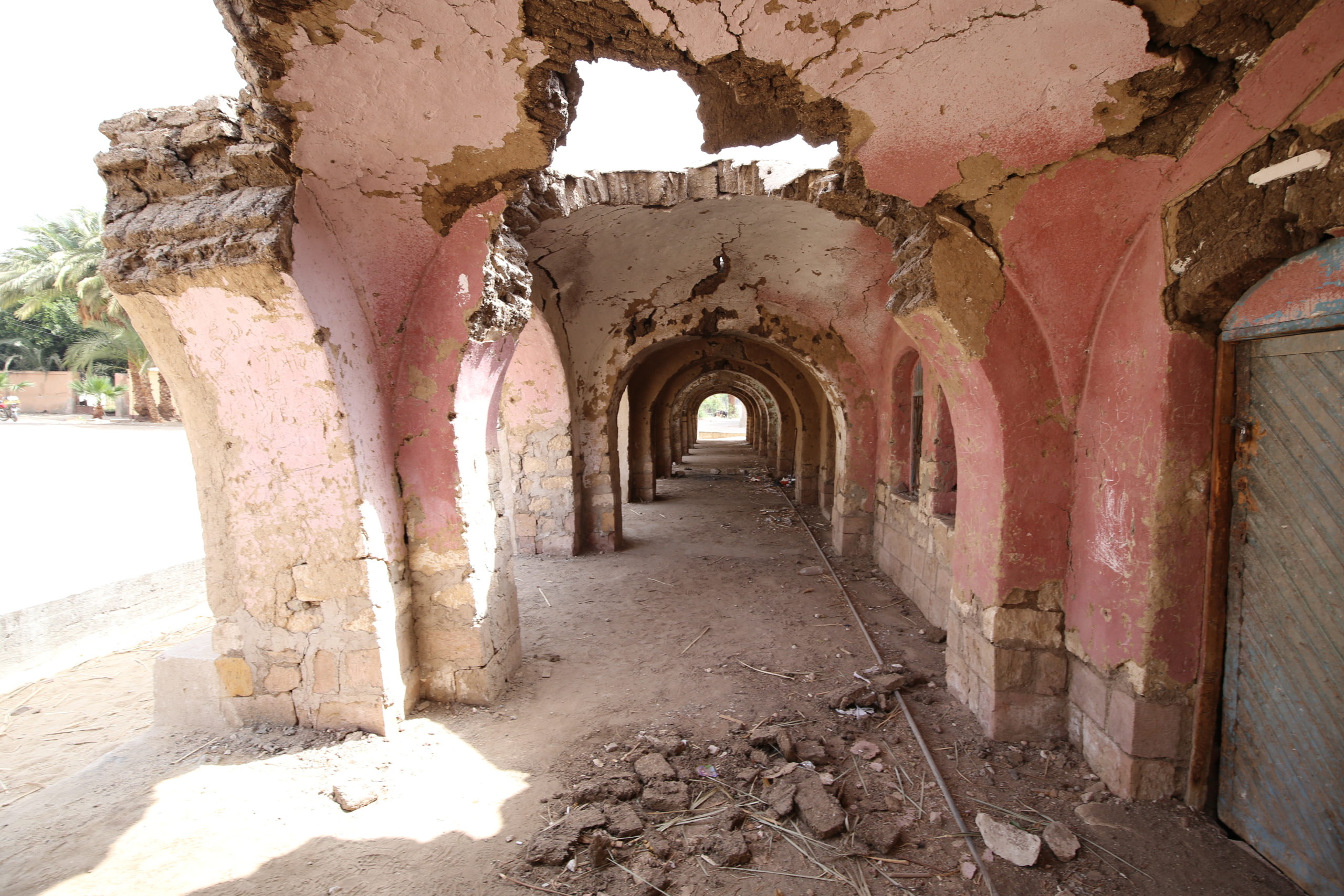
Investigation of possible causes of Hassan Fathy vault damage to buildings in New Gourna
Hassan Fathy is one of the most well-known Egyptian modern architects of our time. His passion was the countryside, whose economy and living standards were solved with minimal budget, but with greater enthusiasm and energy investment, with architectural means.
His most significant work and legacy is the New Gourna project, which is now protected by UNESCO. Here he could realize both his dreams of architecture and engineering, sociology and art. He has brought to the public consciousness the techniques of antique masonry, construction, urban planning and applied arts, and last but not least the use of mud bricks. He drew inspiration from the architectural traditions of Islam, Coptic and Nubian architecture for his dome and vaulting forms. Not only did he draw inspiration, but he worked with craftsmen who were still familiar with and practicing the technique of vaulting in Nubian to realize his houses. The loam brick served as the basis for its projects, which are cheap, can be produced almost anywhere, and on the other hand it is almost perfect in dry climates, since neither precipitation nor frost are characteristic.
Another issue, however, is groundwater and its fluctuations. To what extent does the original design and material selection concept affect the deterioration and loss of stability of the Gourna buildings? In our thesis we are looking for the answer to this question.
We’re looking at the material, the environment, the technology we’re using. From a structural point of view, we use numerical calculations to model the causes of the destruction of new gourna structures. By varying the supports and material parameters, we reconstruct the damaged buildings to find out which effects dominate the continuous deterioration of the condition of the buildings.